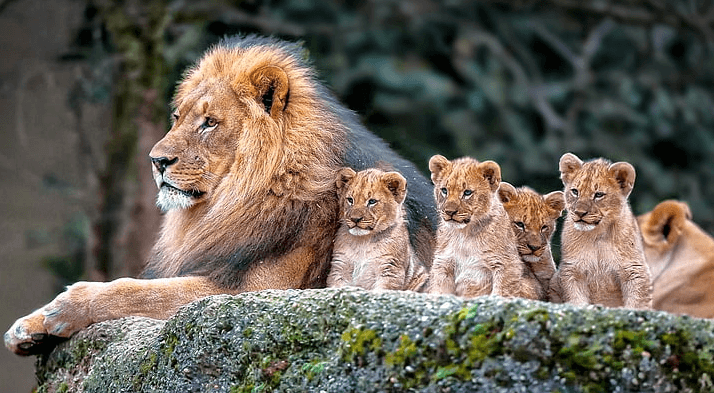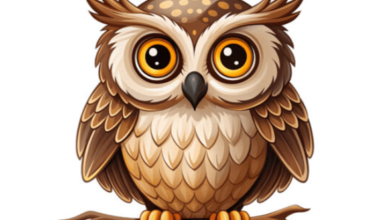Baby:4erindnul2o= Lions Animal

The early life of Baby:4erindnul2o= Lions Animal presents a fascinating study in dependency and social learning within the context of their pride’s dynamics. Born blind and vulnerable, these cubs rely on their mothers for survival, while the rich social structure of lion prides offers a unique framework for their development. Through playful interactions, cubs acquire vital survival skills, but the challenges they face in the wild raise critical questions about their future. What implications do these developmental stages have on the broader conservation efforts for lions in their natural habitats?
The Life Cycle of Lion Cubs
Nurtured within the protective embrace of their pride, lion cubs embark on a remarkable life cycle that unfolds over several stages.
Maternal care is paramount during cub development, as mothers provide not only nourishment but also essential lessons in survival.
As cubs grow, they learn vital skills through play and observation, ensuring they are well-equipped to thrive in the wild.
Social Structure in Lion Prides
The intricate social structure of lion prides is a fascinating aspect of their behavior and survival strategy.
Within these groups, pride dynamics dictate hierarchy roles, with dominant males defending territory and leading hunts, while females collaborate in nurturing cubs and securing food.
This complex organization not only illustrates their social bonds but also enhances their adaptability and resilience in the wild, ensuring collective prosperity.
Playful Behaviors and Learning
Within the context of their social structure, playful behaviors among lions serve as a vital component of their development and learning.
These playful interactions, often observed in cubs, facilitate crucial learning techniques essential for hunting and socialization. Through engaging in mock fights and chasing, young lions refine their physical skills and establish social bonds, ultimately enhancing their survival in the wild.
Read Also Baby:4ejkik28m7u= Chicken
Conservation Challenges for Lions
Addressing the conservation challenges faced by lions is crucial for ensuring the survival of this iconic species.
Habitat loss due to agriculture and urbanization, coupled with human conflict and poaching threats, severely impacts lion populations.
Furthermore, diminishing genetic diversity undermines their resilience.
Effective conservation efforts, including the establishment of protected areas, are essential to safeguard their future and maintain ecological balance.
Conclusion
The survival of Baby:4erindnul2o= Lions Animal hinges upon the intricate social dynamics within their prides and the developmental benefits derived from playful interactions. Remarkably, studies indicate that up to 80% of cubs do not survive to adulthood due to various environmental pressures and competition. This statistic underscores the critical importance of maternal care and social bonds in enhancing cub survival rates. Addressing conservation challenges is vital for maintaining healthy lion populations and ensuring the continuity of these magnificent animals in their natural habitats.





